Beneath Gaza lies a second network of tunnels, which the Israel Defense Forces refer to as the “Gaza Metro.” This is a labyrinthine network of tunnels, with some sources claiming that it extends several kilometers underground. They are used to transport people and goods, store missiles and ammunition, and serve as Hamas command and control headquarters, away from IDF surveillance and reconnaissance drones.
In 2021, Hamas claimed to have built a 500km tunnel network under Gaza, but it is unclear whether this figure is real or just a show. If accurate, Hamas' underground tunnel network would be about half the length of the New York subway system.
“This is a sophisticated and massive tunnel network in a relatively small area of territory,” said Daphne Richemond-Barak, a professor at Israel’s Reichman University and an expert on underground warfare.
It is unclear how much investment Hamas has made in building this tunnel network. It is likely to be huge, both in terms of manpower and finances.
Gaza has been under a land, air and sea blockade by Israel, as well as a land blockade by Egypt, since 2007, and is believed to lack the type of equipment typically used to build underground tunnels. Experts say it is likely that workers had to dig deep underground with basic tools to build the tunnels, which are reinforced with concrete and installed with electrical systems. Israel has repeatedly accused Hamas of diverting concrete intended for humanitarian purposes for the tunnels.
Hamas critics have also claimed that the costs of building Hamas tunnels could have been better invested in building bomb shelters for civilians or early warning systems like those in Israel.
Asymmetric advantage
Tunnels have been a tool of warfare since the Middle Ages. Today, they give organizations like Hamas an advantage in asymmetric warfare, negating some of the technological advantages of a more modern army like the IDF.
What makes Hamas' tunnels different from al Qaeda's tunnels in the mountains of Afghanistan or the Vietnamese army's is that they are being built under one of the most densely populated areas in the world . Nearly 2 million people live in the 227 square kilometer Gaza City area.
“Tunnels are always difficult to deal with, in any context, even when they are built in mountainous areas,” said Richemond-Barak, who is also a fellow at the Lieber Institute for the Study of Law and Land Warfare and the Institute for the Study of Modern Warfare at West Point. “But when they are built near urban areas, everything around them becomes more complicated: strategically, tactically, operationally, and of course, protecting civilians.”
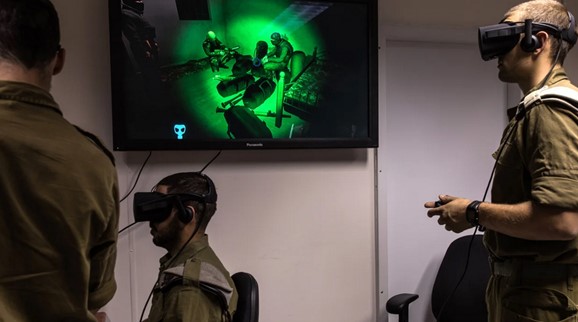
Israeli soldiers conduct a simulated training exercise on a Hamas tunnel operation. Photo: Rina Castelnuovo/Bloomberg/Getty Images/File photo.
The IDF is expected to target this tunnel network in its upcoming ground offensive into Gaza, much as it has been destroying other Hamas tunnels for years. For example, Israel carried out an attack in 2014 in Gaza aimed at destroying Hamas underground tunnels.
The United Nations said on Friday that Israel had warned the 1.1 million people living in Gaza to move south ahead of its operation. Critics said the order was unlikely to be carried out at such short notice, especially on the battlefield. The UN’s top human rights official said the evacuation order “contravenes the laws of war and basic human rights.”
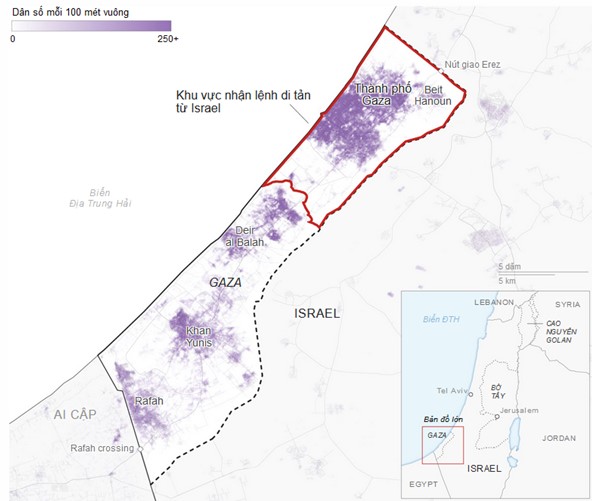
Photo caption
The IDF can temporarily disable tunnels, or destroy them completely. Bombing tunnels is often an effective option for destroying them, but these bombings can impact civilians, Richemond-Barak said.
It is clear that technology alone cannot help prevent this underground tunneling factor.
Israel has invested billions of dollars in fortifying its borders with smart systems, modern sensors and underground fences, but Hamas was still able to carry out its October 7 attack by land, air and sea.
Richemond-Barak argues that a comprehensive solution is needed, one that leverages visual intelligence, border controls, and even enlists the help of civilians.
“There is no single answer to the problem of these tunnels. There is no system like Iron Dome that exists to counter them.”
Nguyen Quang Minh (according to CNN)
Source



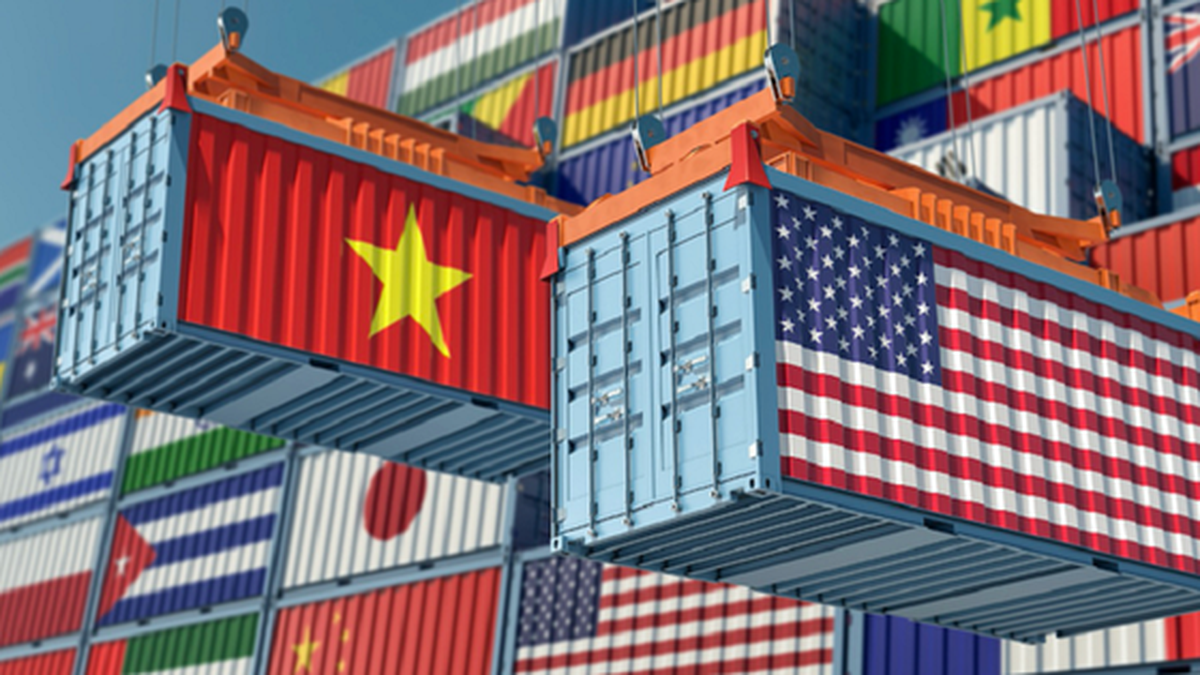
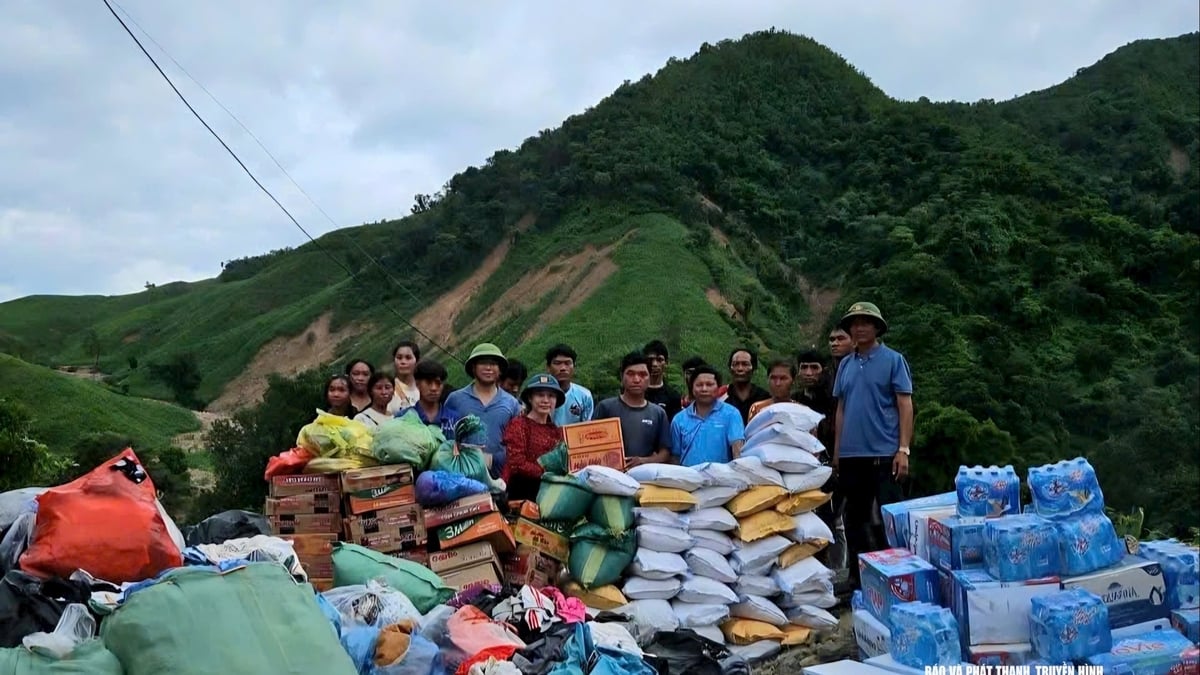
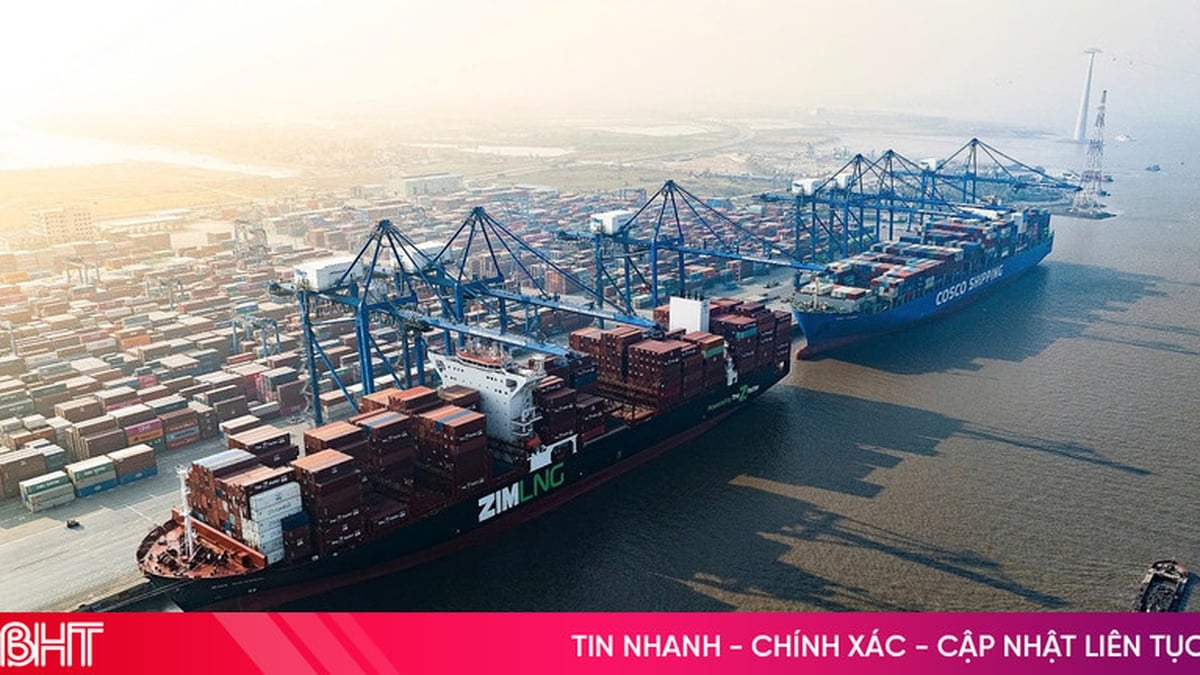
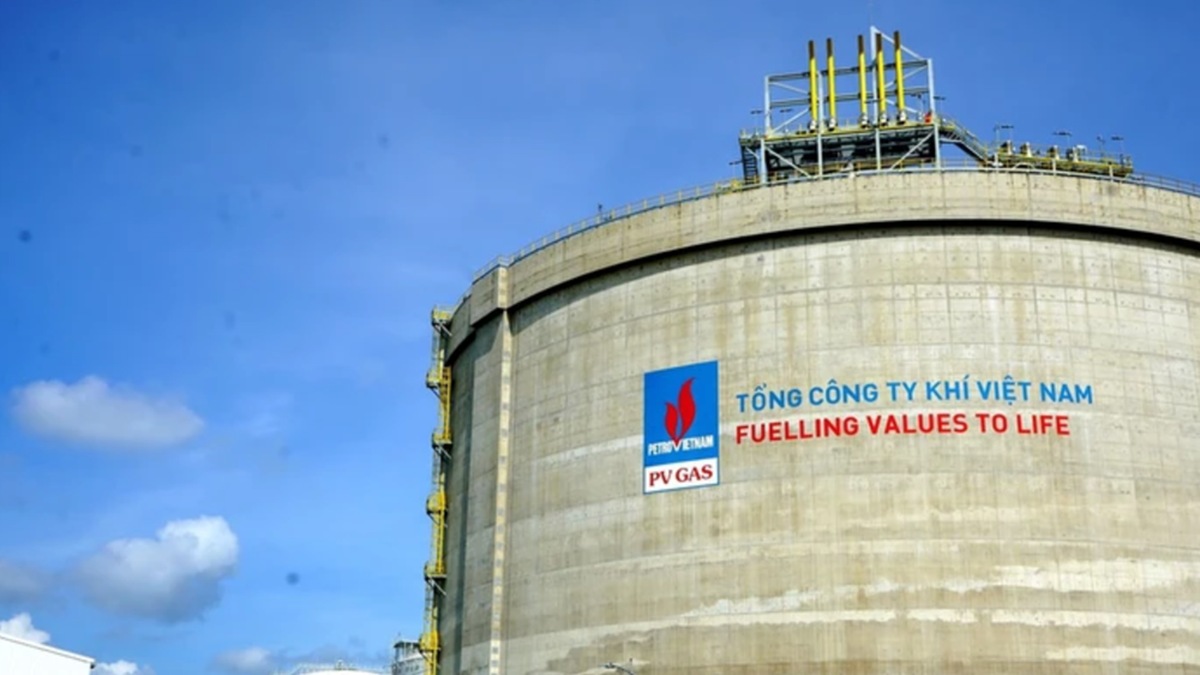
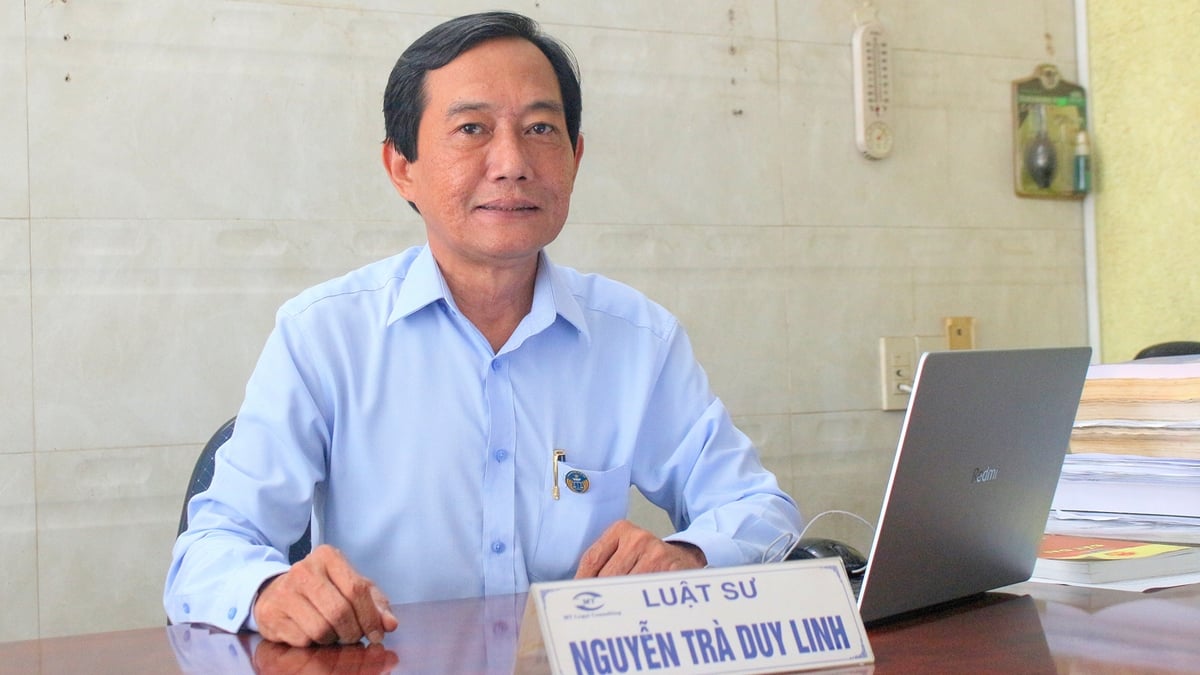



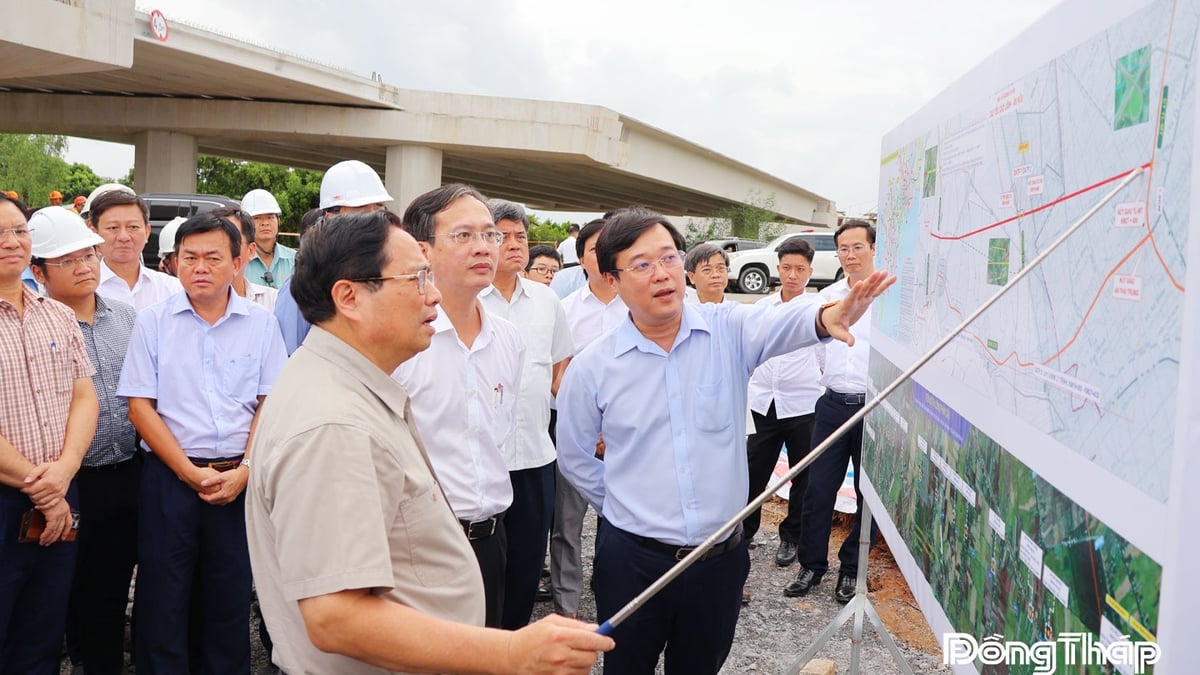




















































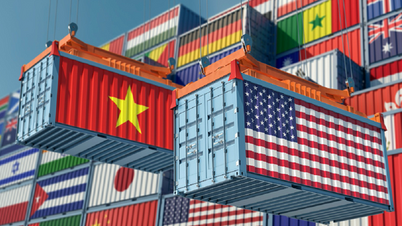














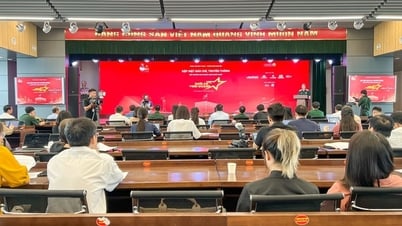























Comment (0)